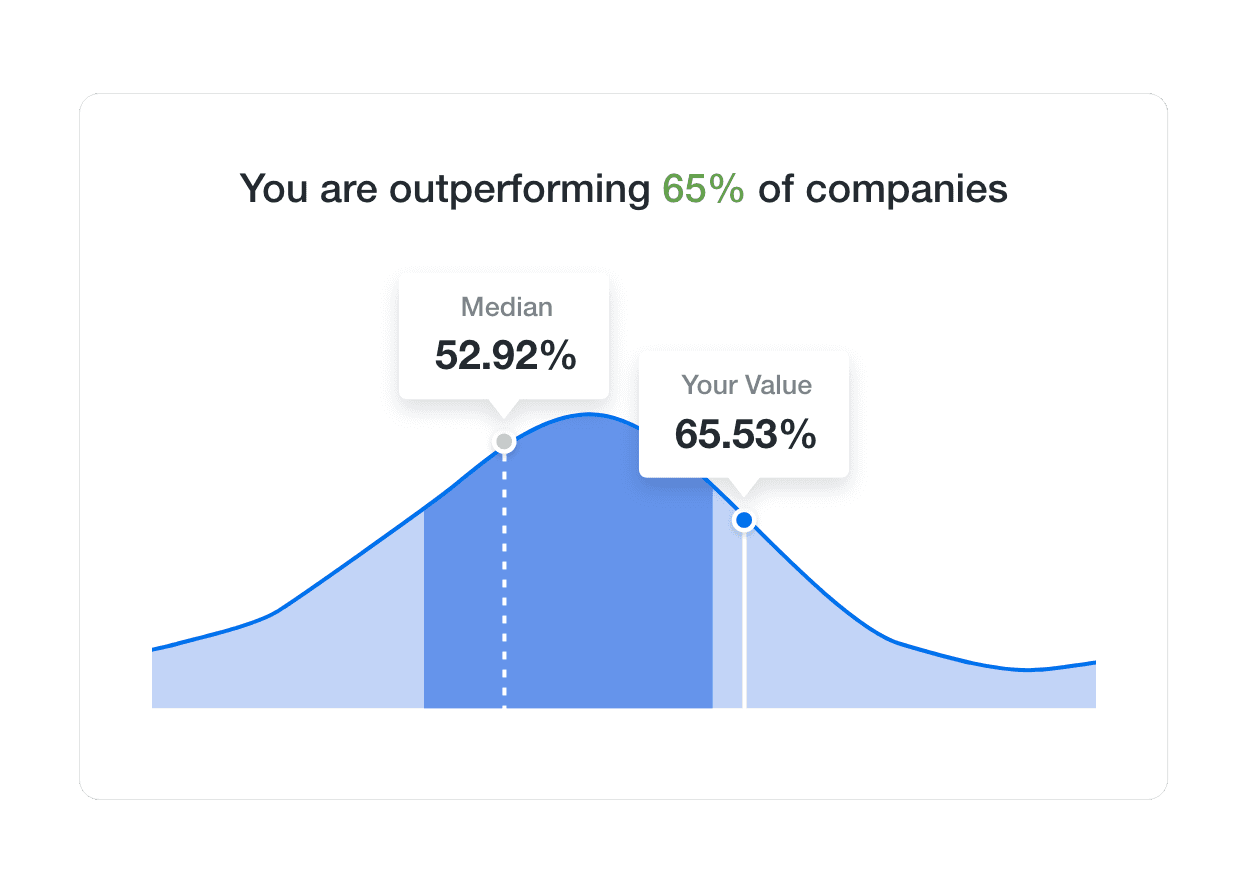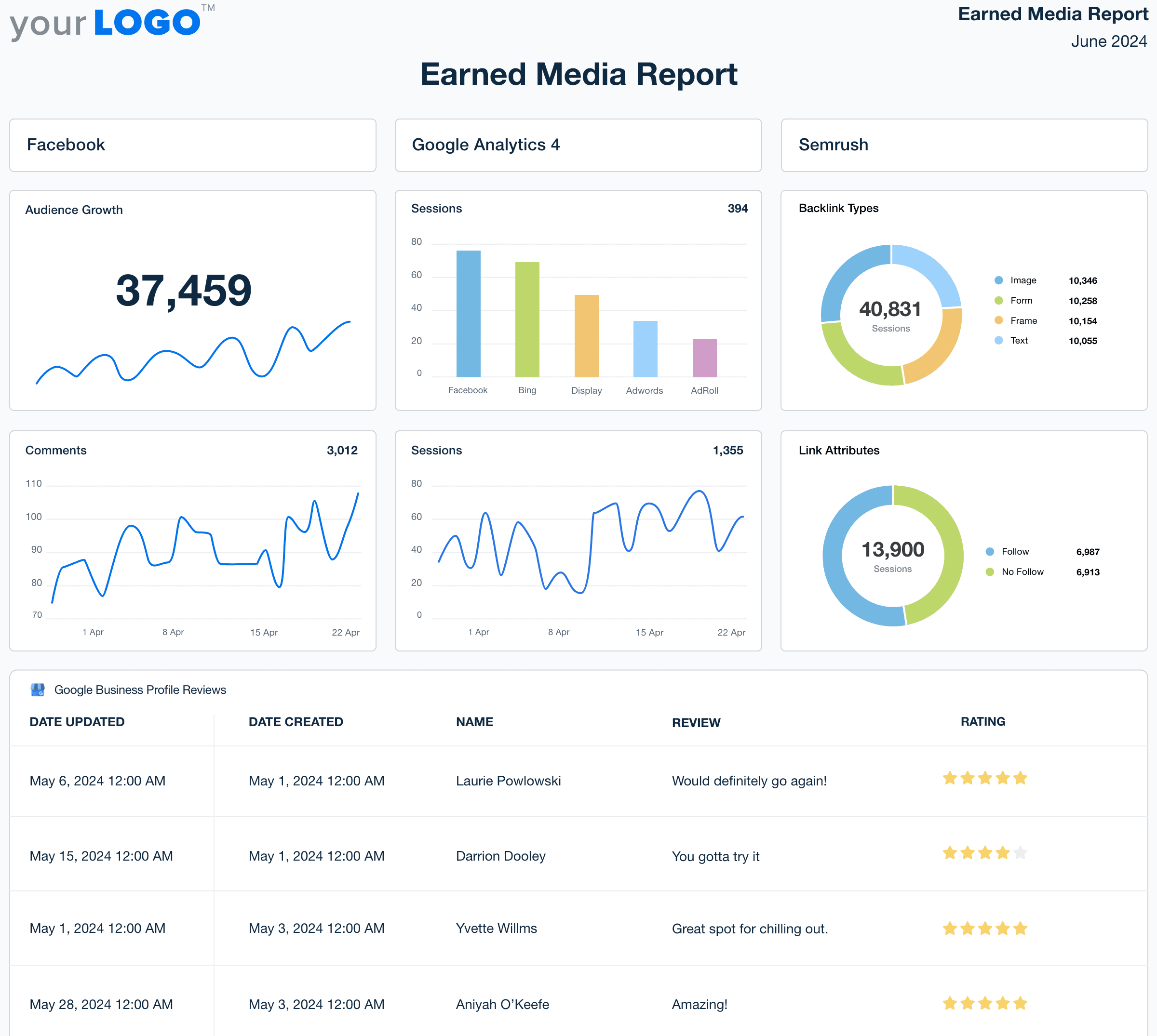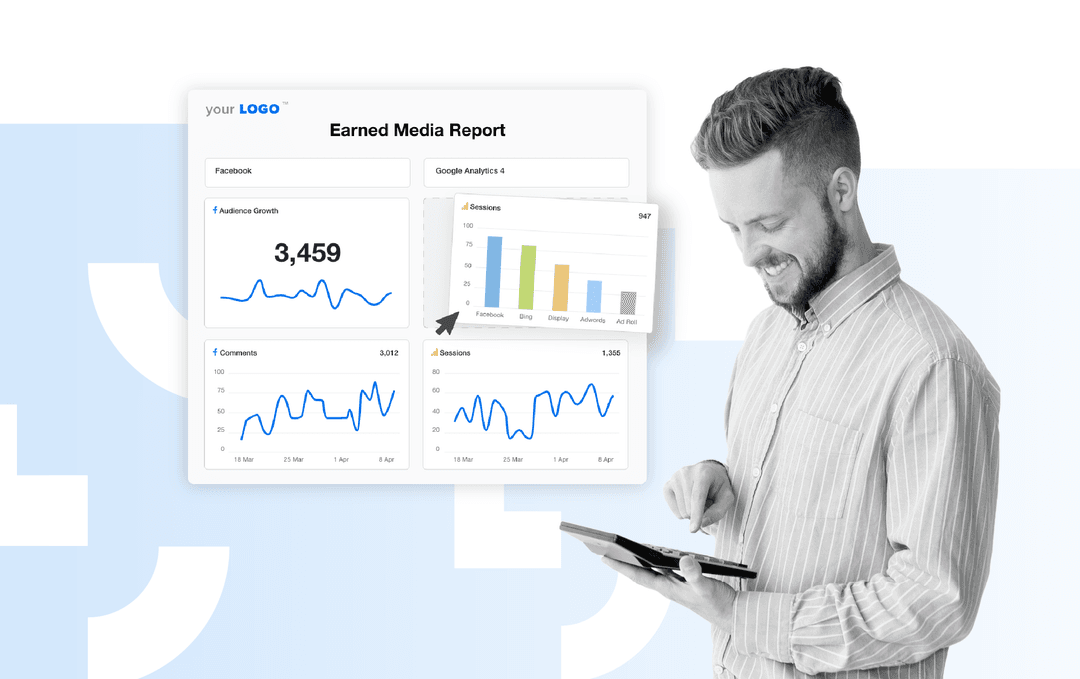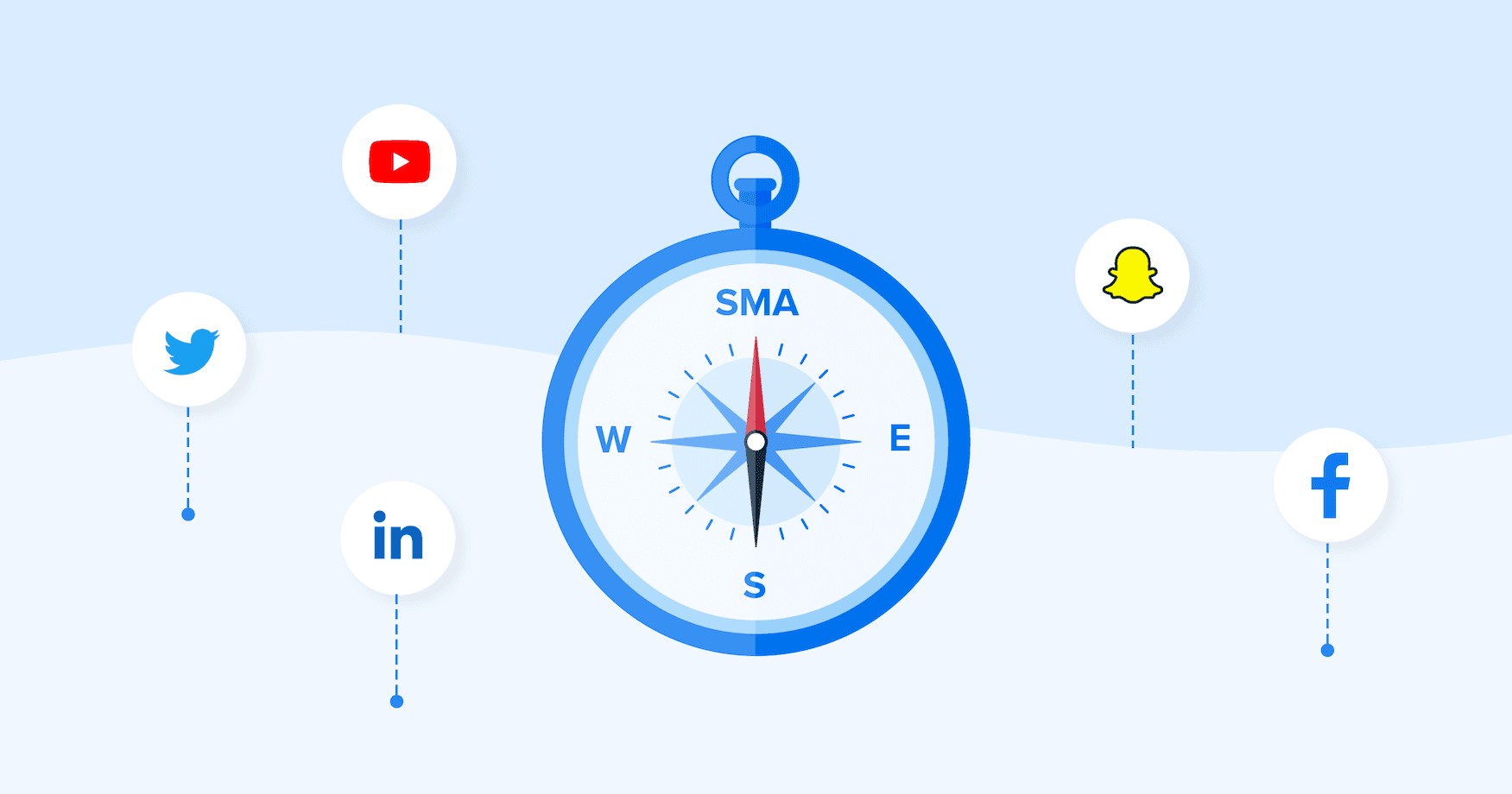Table of Contents
QUICK SUMMARY:
An earned media value calculator helps you figure out how all those unpaid shoutouts, mentions, and online reviews stack up against paid campaigns. In this article, you’ll learn how to track earned media, calculate its value, and use the numbers to sharpen your client’s marketing strategy.
You plan your clients’ paid strategies down to the dollar. But sometimes, it’s the surprise mentions, unsponsored shoutouts, and off-the-cuff reviews that end up making the biggest impact.
That’s earned media. And this guide breaks down how to track it, why it matters, and how to use those numbers to make smarter calls for your clients. We’re also sharing our earned media value calculator—because most of us didn’t get into marketing to crunch numbers by hand.
Calculate Earned Media Value
Whether it’s a shoutout, a mention, or a viral post, this earned media value calculator helps you put a dollar value on it.
Estimated EMV: $0.00
Why Earned Media Coverage Matters
The best kind of attention? The kind no one paid for. Like when:
A customer tags your client in a five-star review
An influencer drops your client’s product into a story, unsponsored
A journalist links your research in a piece you didn’t pitch
Why does it matter? Because 89% of people trust recommendations from someone they know (or feel like they know) more than paid ads. In other words? You can’t buy that kind of trust, no matter the budget.
But because earned media is organic (read: unpredictable), it’s not always easy to track. Reviews, social posts, press hits, offhand shoutouts—they’re scattered across platforms and easy to miss if you’re not paying attention.
And even when you are tracking them, you still need a way to figure out what they’re worth. Sure, an influencer mention or casual post might spark engagement, boost impressions, or win a few followers. But if you want to show your client how earned media stacks up against paid campaigns, you need to calculate its earned media value (EMV).
Sounds kind of complicated, doesn’t it? That’s why we built the Earned Media Report Template. Track mentions, measure impact, and show your clients exactly how earned media is paying off.
What Is a Good EMV?
The short answer? It depends.
A “good” earned media value will shift based on your client’s industry, goals, and target audience. Where that earned media coverage shows up matters too—whether it’s an unpaid influencer mention, press coverage, customer testimonial, or social media post.
Think of earned media value (EMV) as your marketing scoreboard at halftime. It shows how earned media stacks up against the other team—paid campaigns. If EMV matches or beats what you’d expect from paid media, you’re in a good spot. Hit 1.5 to 3 times the paid value? You’re probably playoff-bound.
How To Calculate Earned Media Value
Ready to flex your math skills? Here’s the classic formula most marketers use to calculate earned media value:
Impressions × CPM × Adjustment Variable = Earned Media Value
Impressions: The total number of times your client’s earned media was seen.
CPM (Cost Per Thousand Impressions): What you’d expect to pay for those impressions if you ran a paid media campaign.
Adjustment Variable: A multiplier you tweak based on engagement, platform, or how relevant the audience is. It helps you factor in the quality of the earned media, not just the raw reach.
Let’s say an influencer mentions your client, earning 100,000 media impressions. Your average paid media CPM is $10, and you set your adjustment variable at 0.8 based on the post’s engagement rate.
100,000 ÷ 1,000 × $10 × 0.8 = $800 in earned media value
That’s $800 in exposure you didn’t have to pay for—and a solid win on your earned media scoreboard.
Why the Adjustment Variable Matters
Not all impressions are created equal. Some posts blow up with comments, shares, and clicks. Others? Total crickets. The adjustment variable helps you reflect that difference.
Let’s say that post earns 100,000 impressions, but only a slice of that audience actually engages. You might set your adjustment variable at 0.8, meaning you’re counting 80% of those impressions as meaningful based on things like:
How many people liked, commented, shared, or clicked
Whether the audience matches your client’s target market
How engaging the platform is (you’ll probably score TikTok higher than LinkedIn)
Agency Tip: This part can throw clients off. Walk them through their social media analytics to show your adjustments are backed by real data, like engagement, reach, and audience fit.
Or skip the explanation altogether. Our earned media reporting template lays it out in plain language, so your clients get it—without you needing to book another meeting.
Using Industry Benchmarks To Choose the Right CPM
To calculate earned media value, you need a CPM (cost per thousand impressions). That’s the amount a brand would normally pay for 1,000 views in a paid campaign—and it’s a key piece of your EMV formula.
But CPM isn’t something you want to guess. You’ll want to base it on industry benchmarks that reflect the platform, audience, and type of media.
Here’s a look at average CPM ranges across media types:
Meta (Facebook & Instagram): $8.15
Instagram (standalone): $8.16
TikTok: $6.21
Pinterest: $6.03
Media Coverage: $8–$15 CPM, depending on viewership.
User-Generated Content (UGC): Usually $2–$8 CPM, engagement drives it higher
These aren’t fixed rates, they’re guideposts. What really matters is whether your earned media supports your client’s marketing strategy and drives measurable value.
Agency Tip: If your EMV seems off, check impressions, CPM, and engagement before jumping to conclusions. Social media metrics—like audience fit, engagement, and reach—often explain why a CPM landed higher or lower than you expected. Sometimes a lower EMV means you’re hitting a more focused (and valuable) audience.

With AgencyAnalytics, you don’t have to track industry benchmarks on your own. We pull data from your connected channels, apply benchmarks, and help you turn numbers into stories your clients can understand. Get started for free today.
Factors That Affect EMV
Platform
It’s not just about where the earned media shows up, it’s about how people interact with it once it’s there. Some platforms deliver higher engagement rates, which can impact how much value you assign to those impressions.
TikTok might get fewer media impressions but stronger engagement. Instagram often hits the sweet spot for reach and interaction. LinkedIn? Higher CPM, but with a niche, B2B crowd.
Agency Tip: Keep an eye on platform trends. What drives high engagement today might cool off tomorrow, and that shifts how you calculate EMV.
Placement
Where your brand shows up in the content matters too. Why? Because visibility, engagement metrics, and media impressions aren’t the same across formats. A full-on influencer post hits differently than a quick mention in a story or tucked-away caption.
Timing matters too. A Friday night feature might pull in stronger engagement than a midweek post, even with the exact same audience.
Cost Per Impression
Cost per impression is the grounding point for earned media value. And it shifts based on your industry, platform, campaign type, and the kind of coverage you’re tracking.
The smart move? Use real data. Historical results, input from your paid media team, or reliable platform averages help make sure your EMV reflects actual market value—not a number that feels pulled out of thin air.

Tired of constantly chasing moving metrics? The AgencyAnalytics Earned Media Reporting Template keeps your earned media numbers in one place, so your clients can see exactly what all that word of mouth is worth.
Just Knowing EMV Numbers Is Not Enough
If marketing ROI is your agency’s north star, EMV’s a key part of the map. But like most marketing metrics, it’s only as useful as the context around it.
Impressions Don’t Always Equal Traffic
High media impressions might look great on a report, but they don’t guarantee clicks, engagement, or conversions. Often, smaller, high-quality engagements—like a micro-influencer with a loyal following—will be more impactful than a celebrity with massive reach and lukewarm engagement.
That’s why tracking social media KPIs like engagement rate, click-throughs, and audience growth matters. They help you connect earned media value to results your clients actually care about.
Targeted Impressions > Broad Impressions
Wide reach is fine. Reaching the right people? That’s better.
If earned media coverage racks up a high EMV but your client’s conversions don’t budge, that’s a red flag. The best earned media strategy connects with potential customers, not just whoever happens to scroll by it.
AI is Changing How Brands Use Earned Media
With so many platforms, social media marketing can be a bit overwhelming. AI-driven analytics makes it easier (and faster) to track engagement metrics, sentiment, and media coverage.
Use AI to spot patterns, pick up on audience sentiment, and flag social media posts you might miss on your own. And yes, AI can help you estimate earned media value with more precision. Just be sure to double-check its work. AI’s smart, but it works best when you pair it with real-world judgment and agency experience.
Ready to make tracking earned media easy? Start your free trial with AgencyAnalytics.
Use Data To Drive Action
When brands use EMV right, it’s like flipping on a light switch. Suddenly, those likes, shares, and shoutouts aren’t just good vibes, they’re proof your agency’s marketing efforts are paying off.
But EMV is just one piece. To really drive action, you need engagement metrics, social media analytics, and consistent tracking across every campaign. That’s how you turn numbers into insights your clients can actually use.
Free Earned Media Value Calculator: Calculate Earned Media Value Instantly
Want a better way to track earned media, apply industry benchmarks, and deliver insights your clients care about? Start your free trial with AgencyAnalytics today.

Written by
Kali Armstrong is a freelance content writer with nearly a decade of experience crafting engaging, results-driven copy. From SEO blogs to punchy short-form pieces, she combines strategic insight with authentic messaging to captivate audiences and drive results.
Read more posts by Kali ArmstrongSee how 7,000+ marketing agencies help clients win
Free 14-day trial. No credit card required.




